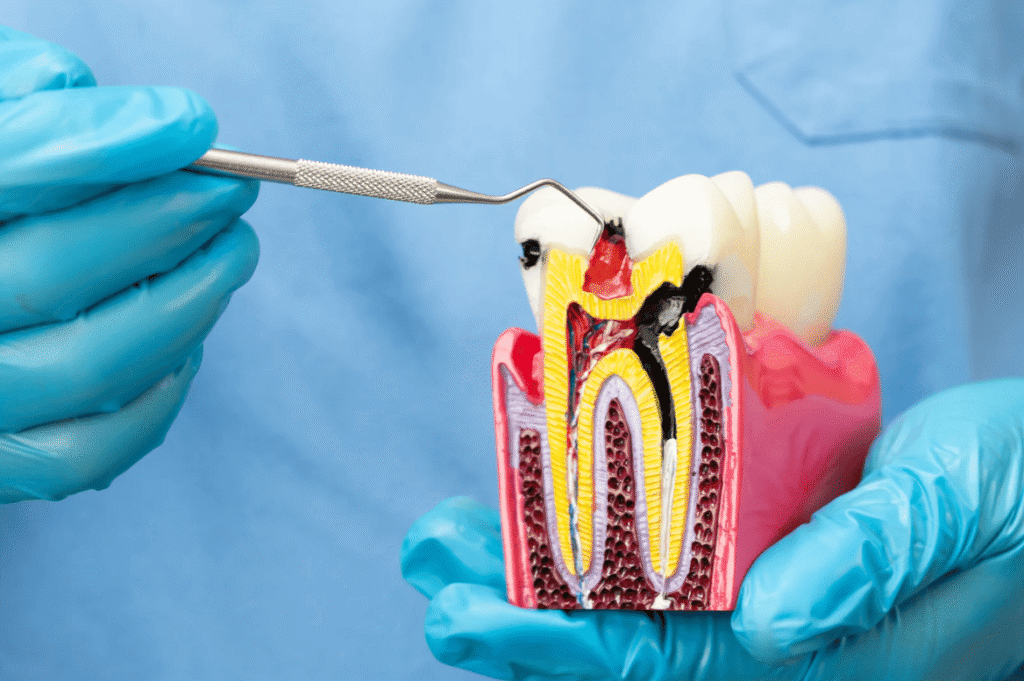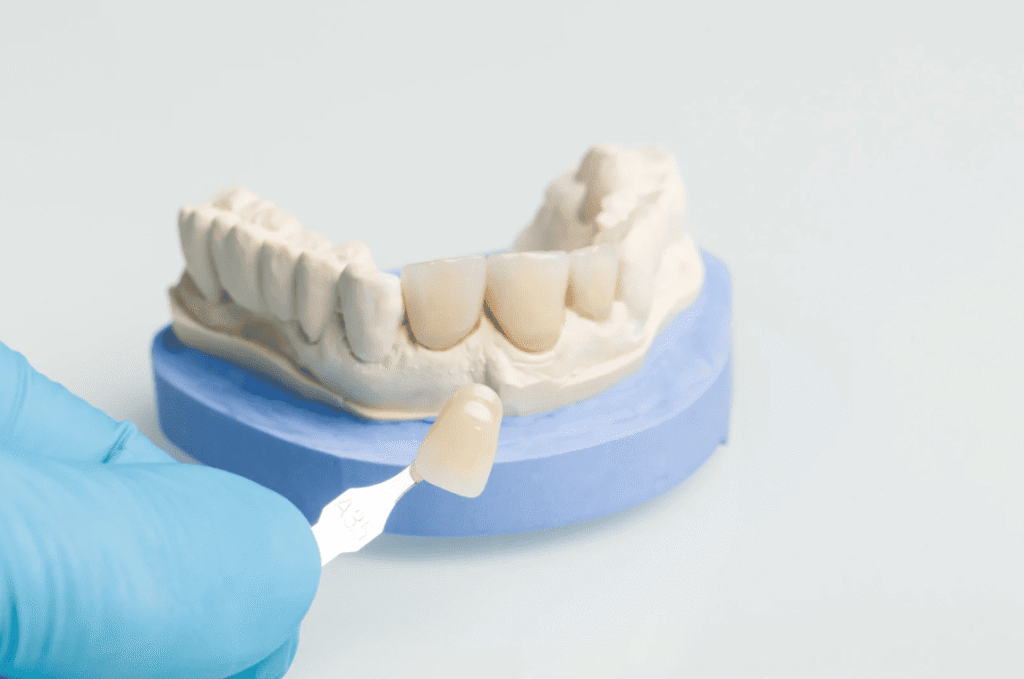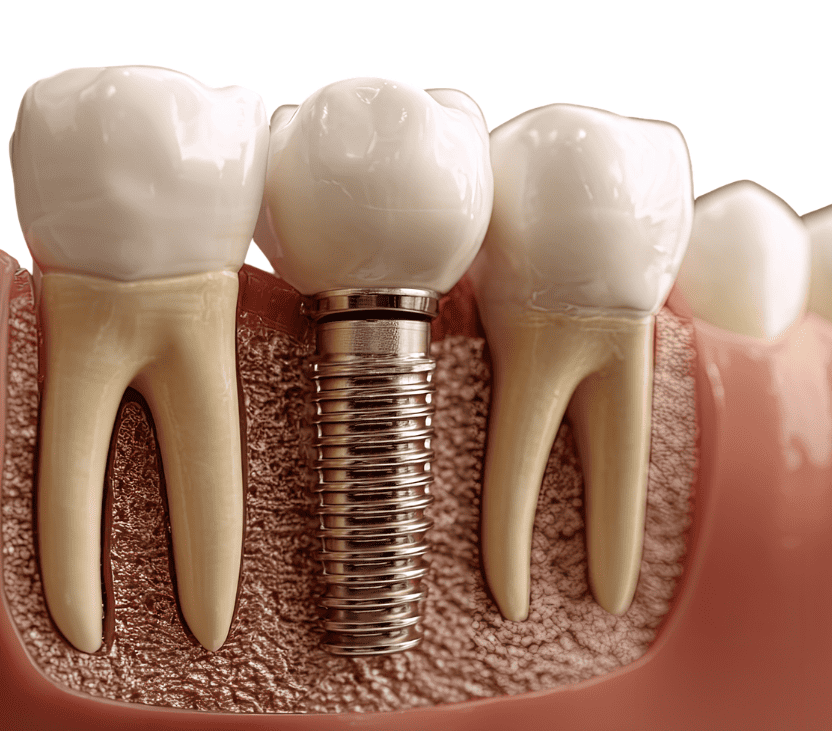
Braces Orthodontics: Costs, Process, Types of Braces, and FAQs
Braces Orthodontic treatment is one of the most popular procedures in modern dentistry. Not only can it transform your smile into a picture-perfect one, but it also plays a crucial role in improving your overall oral health. With advances in dental technology, treatment options now range from traditional metal braces to virtually invisible aligners. In this comprehensive guide, we cover everything you need to know about orthodontic treatment in 2025: from understanding what orthodontics is and why it’s important, to exploring various types of braces, the detailed treatment process, price range, oral care tips during treatment, and answers to frequently asked questions.

What is Braces Orthodontics?
Braces Orthodontics is a specialized branch of dentistry focused on diagnosing, preventing, and correcting misaligned teeth and jaws. By applying controlled forces through various appliances such as braces, wires, and aligners, orthodontists gradually move teeth into their optimal positions. This not only enhances the appearance of your smile but also improves the functionality of your bite, making chewing, speaking, and maintaining oral hygiene easier and more effective.
In essence, braces orthodontic treatment addresses both aesthetic concerns and functional issues—helping to resolve problems like overcrowding, gaps between teeth, and bite misalignments. Whether you’re a teenager or an adult, a personalized orthodontic plan can lead to lasting improvements in dental health and overall well-being.

Why Get Braces? Why Should You Consider Orthodontic Treatment?
Enhance Your Appearance and Confidence
A well-aligned smile can dramatically boost your self-confidence. Straight teeth are not only more attractive but also help in creating a positive first impression in both social and professional settings. For many, orthodontic treatment is an investment in self-image, as it has long-term benefits that extend beyond aesthetics.
Improve Oral Health
Properly aligned teeth are easier to clean. When teeth are straight, brushing and flossing become more effective in removing plaque and food particles, which reduces the risk of cavities, gingivitis, and periodontal disease. Better oral hygiene means fewer dental problems down the line.
Enhance Chewing Function
Malocclusion (improper bite) can make chewing difficult and may lead to uneven wear on your teeth. Correcting your bite can significantly improve your ability to chew and digest food properly, while also reducing stress on the jaw joints and muscles.
Prevent Future Dental Issues
Unaddressed orthodontic problems such as misaligned teeth and malocclusion can lead to a host of issues later in life, including abnormal wear of tooth surfaces, jaw discomfort, and even temporomandibular joint (TMJ) disorders. Early intervention with braces can help prevent these problems from developing or worsening.
Who Is a Candidate for Orthodontic Treatment?
Not everyone needs braces, but there are certain signs that suggest you might benefit from orthodontic care:
Crowded Teeth
If your teeth are too close together, it can be difficult to clean them effectively. Crowding often leads to plaque buildup and increases the risk of tooth decay.
Large Gaps Between Teeth
Excessive spacing can not only affect your smile’s appearance but may also trap food particles, leading to bacteria accumulation.
Bite Issues
Conditions such as overbite, underbite, crossbite, open bite, and deep bite can hinder proper chewing and, in some cases, affect speech.
Misaligned Teeth
Teeth that are crooked or rotated may be due to genetic factors, early loss of primary teeth, or trauma.
Functional Issues
Persistent bite problems can cause jaw pain, headaches, and discomfort in the temporomandibular joint (TMJ).
*To determine if you need orthodontic treatment, a professional orthodontic evaluation is essential. This typically includes a visual examination, X-rays, and dental impressions to accurately assess your teeth and jaw alignment.

Your Smile, Your Confidence – Let’s Make It Perfect!
Why choose Smith & Jain Dentists?
✅ Personalised Treatment Plans – Every smile is unique, and so is our approach.
✅ Advanced Technology – Digital scanners for precise assessments and comfortable treatment.
✅ Experienced Specialists – A dedicated team ensuring optimal results for every patient.

Main Types of Orthodontic Braces
Today’s orthodontic treatments offer a variety of options tailored to different needs and preferences. Here, we outline the four primary types of braces available:
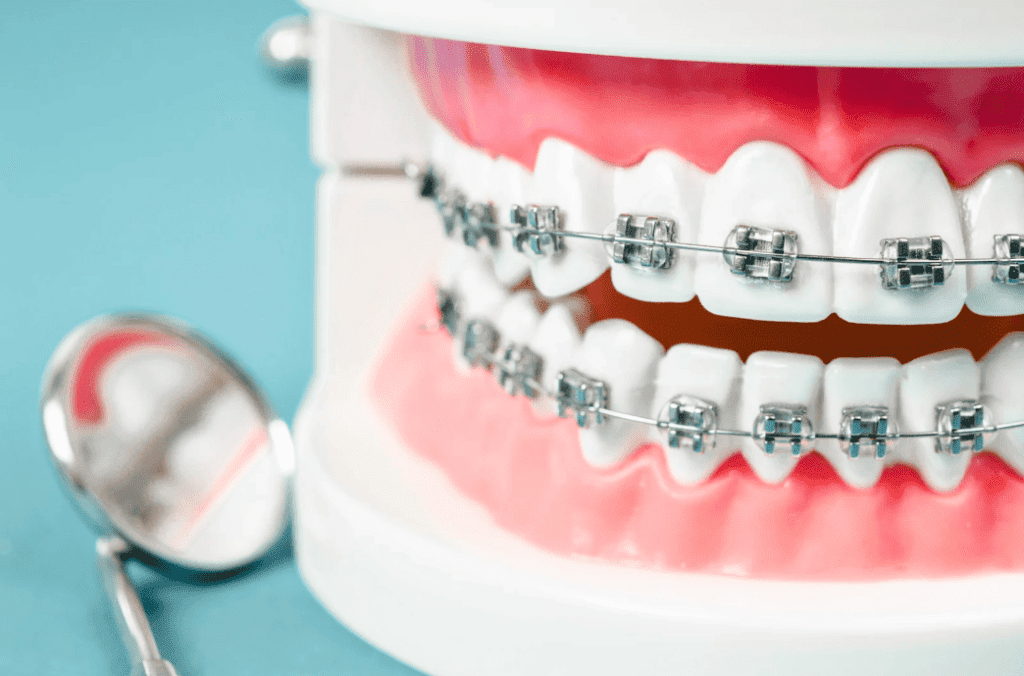
Traditional Metal Braces
Traditional metal braces consist of metal brackets affixed to each tooth, connected by a thin archwire. These braces apply continuous pressure to move the teeth gradually into the desired position.
✅Advantages:
- Efficiency: Known for their ability to correct severe dental issues quickly.
- Durability: Made from high-quality stainless steel, they are strong and reliable.
- Cost-Effective: Generally the most economical option compared to other types of braces.
❗Disadvantages:
- Aesthetics: Their metallic appearance makes them more noticeable, which can be a concern for those who value discreet treatment.
- Comfort: Some patients may experience irritation to the gums and cheeks initially.
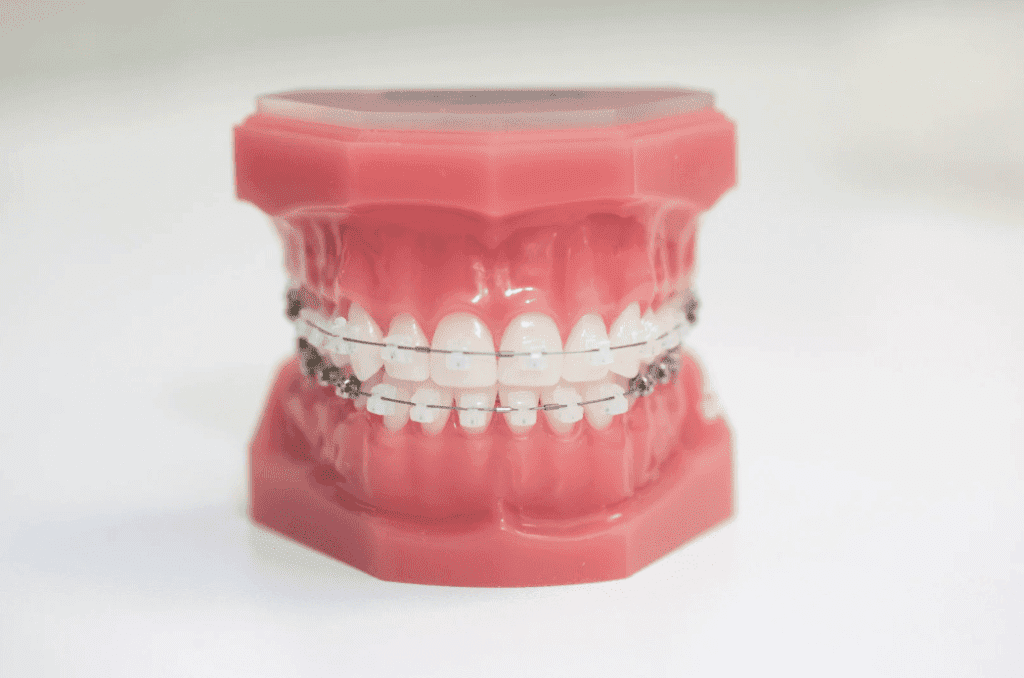
Ceramic Braces
Ceramic braces function similarly to metal braces but use tooth-colored or clear brackets that blend in with the natural color of your teeth, making them less conspicuous.
✅Advantages:
- Aesthetic Appeal: Their color-matching design provides a more natural look, making them a popular choice for those who are concerned about the visual impact of braces.
- Effective: Offer results comparable to metal braces, addressing a range of orthodontic issues.
❗Disadvantages:
- Fragility: Ceramic brackets can be more brittle than metal ones, which means they require careful handling.
- Staining: They are prone to discoloration if not maintained with proper oral hygiene.
- Cost: Typically more expensive than traditional metal braces.

Invisible Aligners
Invisible aligners, such as Invisalign, use a series of clear, removable trays that gradually shift your teeth into place. They are custom-made to fit your teeth and are nearly invisible when worn.
✅Advantages:
- Discreet: Virtually undetectable, making them an excellent option for professionals and adults.
- Convenience: Easily removable for eating, drinking, and cleaning, which improves oral hygiene during treatment.
- Comfort: Smooth plastic material reduces the risk of irritation often associated with traditional braces.
❗Disadvantages:
- Limited Applicability: May not be suitable for very complex orthodontic cases.
- Cost: Generally come with a higher price tag compared to traditional braces.
- Patient Discipline: Success relies heavily on the patient’s commitment to wearing the aligners for the recommended 20–22 hours a day.
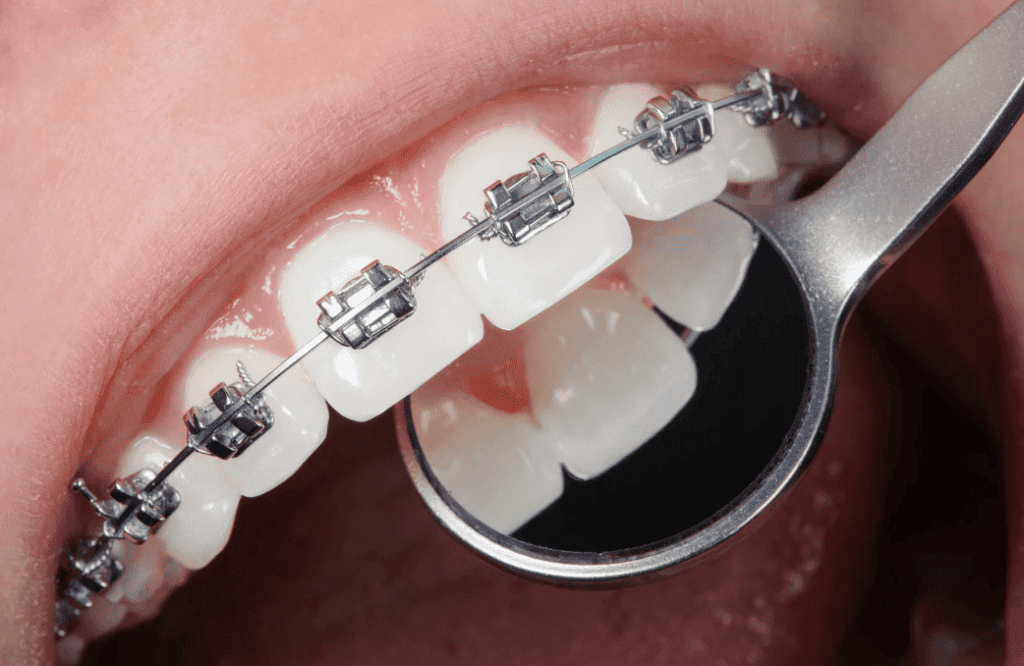
Self-Ligating Braces
Self-ligating braces are an advanced version of traditional braces that use a specialized clip mechanism to hold the archwire in place, eliminating the need for elastic ties.
✅Advantages:
- Efficiency: Often require fewer adjustments during visits, which can reduce overall treatment time.
- Comfort: The design minimizes friction, making the braces more comfortable for the patient.
- Hygiene: The absence of elastic ties can make cleaning easier.
❗Disadvantages:
- Cost: Typically more expensive due to the advanced technology involved.
- Suitability: Not all orthodontic cases are ideal for self-ligating systems; a detailed consultation is necessary to determine compatibility.
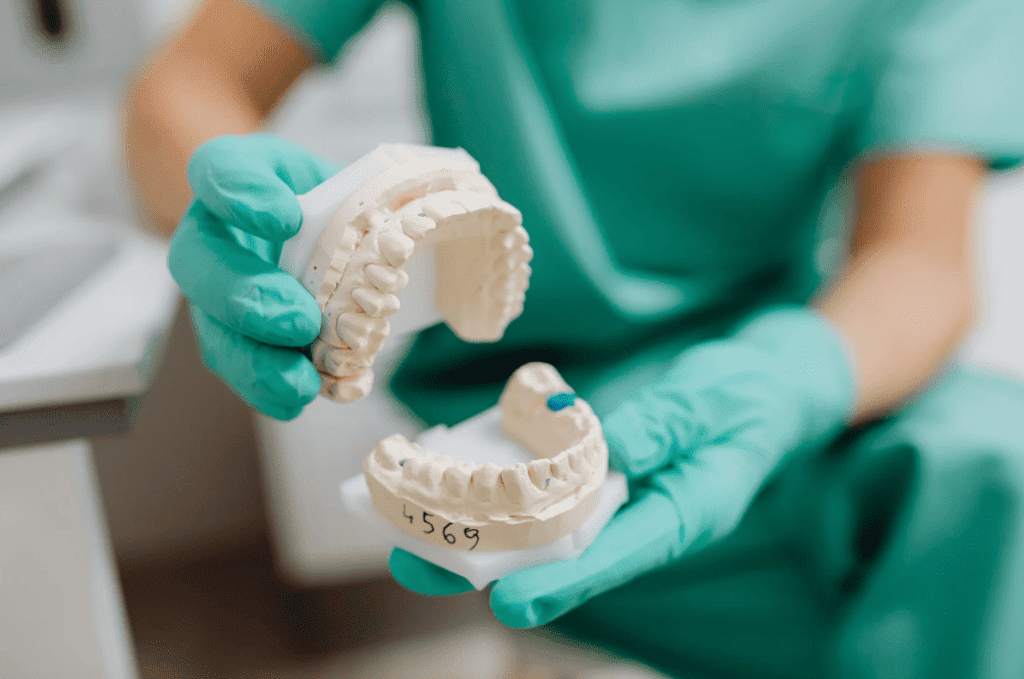
The Complete Orthodontic Treatment Process
Every patient’s journey is unique, but the overall process generally follows a systematic progression designed for optimal outcomes. Here’s a step-by-step look at what to expect:
1. Initial Assessment and Comprehensive Examination
- Consultation: Your orthodontist discusses your concerns, reviews your dental history, and evaluates your teeth and jaw.
- Clinical Examination: A thorough visual and tactile exam is performed.
- Diagnostic Imaging: X-rays are taken to understand tooth roots and jaw structure.
- Dental Impressions/Digital Scans: Custom molds or digital scans help map your bite for a precise treatment plan.
2. Creating a Personalized Treatment Plan
- Treatment Objectives: Define specific goals—correcting crowding, closing gaps, or adjusting the bite.
- Method Selection: Decide on the type of braces or aligners based on your needs and preferences.
- Timeline and Milestones: An estimated duration, typically 12 to 24 months, is provided.
- Cost Estimation: A detailed breakdown of expected costs is discussed.
3. Braces Installation
- Preparation: Clean and dry your teeth to ensure proper bonding.
- Bonding Brackets: Small brackets are attached to each tooth with a special adhesive.
- Inserting the Archwire: A thin wire is threaded through the brackets. Self-ligating braces use clips, while traditional braces use elastic ties.
- Initial Adjustments: The orthodontist makes adjustments to ensure correct alignment and even pressure distribution.
4. Regular Adjustments and Follow-Ups
- Scheduled Visits: Typically every 4 to 6 weeks for adjustments.
- Monitoring Progress: Regular visual checks and X-rays ensure the treatment is on track.
- Addressing Discomfort: Any discomfort is managed with minor adjustments or over-the-counter pain relievers.
5. Removing Braces and Using Retainers
- Debonding: Brackets are carefully removed without damaging tooth enamel.
- Retainers: Custom retainers are provided to keep your teeth in their new positions. Follow your orthodontist’s instructions on wear time to prevent relapse.
- Post-Treatment Check-ups: Regular follow-ups ensure long-term stability.
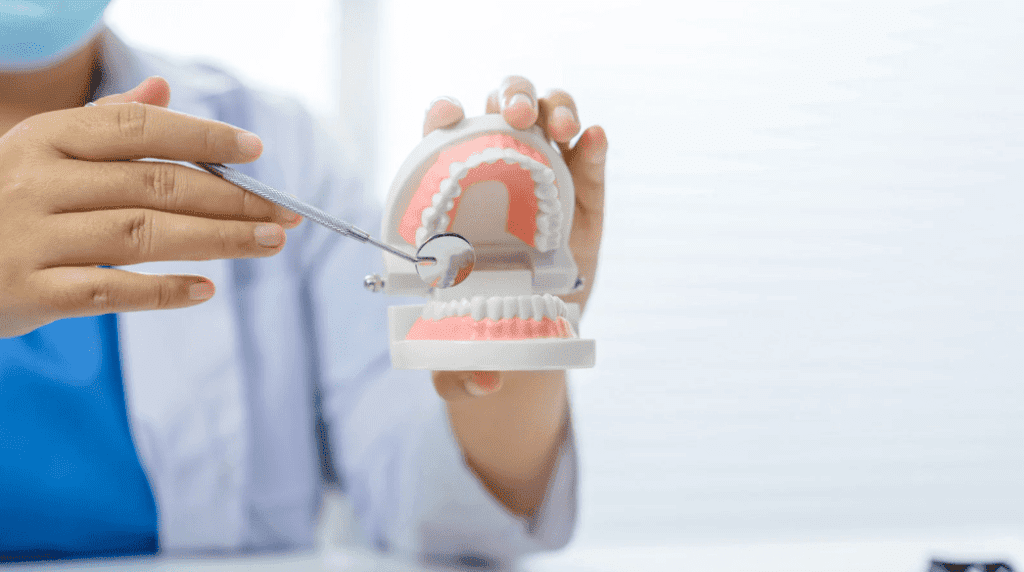
Orthodontic Treatment Cost (Latest 2025 Reference)
There is no standardised pricing for braces (orthodontic treatment), as the final cost depends on case complexity, tooth condition, the type of appliance chosen, treatment duration, and the clinic’s positioning. Every patient’s tooth alignment and bite issues are unique, so the most suitable plan and exact fees can only be confirmed after a thorough examination by a professional orthodontist. We recommend viewing braces as a long-term investment in your health and confidence, rather than a simple expense.
Reference Price Range for Orthodontic Treatments
The prices below are based on the Prince Philip Dental Hospital’s private patient orthodontic fee schedule and current market rates (latest 2025 reference). These are for guidance only – actual costs may vary slightly by clinic and typically include basic materials, installation, and regular adjustments:
| Treatment Item | Price Range (HKD) | Description & Suitable Cases |
Initial Consultation & Treatment Planning (Including X-rays, digital scans, study models) | $2,000 – $3,000 | The first step in orthodontics – creating your personalised treatment plan |
| Traditional Fixed Braces (Metal/Ceramic, Self-ligating etc.) – Single Arch | $35,000 – $50,000 | The most common and cost-effective option, ideal for mild to moderate cases |
| Comprehensive Fixed Braces (Both Arches, Full-mouth) | $45,000 – $70,000 | Treats upper and lower teeth together – standard for most adult full corrections |
| Invisible Aligners / Clear Aligners (e.g. Invisalign or equivalent) – Single Arch | $45,000 – $50,000 | Aesthetic and removable, perfect for appearance-conscious patients |
| Invisible Aligners / Clear Aligners – Both Arches | $60,000 – $80,000 | Full-mouth invisible treatment; higher price but superior comfort |
| Lingual Braces (Inside braces, completely hidden) | $100,000 – $200,000 | Totally invisible from the outside; highest technical demand and cost |
Functional Appliances / Removable Braces (Mainly for growing children) | $24,700 – $35,000 | Improves jaw relationship; best results with early intervention in children |
| Retainers (Post-treatment, mandatory) | $1,500 – $2,500 (per set) | Fixed or removable – prevents teeth from shifting back |
*The above fees generally cover the entire course of treatment (12–36 months). For particularly complex cases (e.g. requiring extractions, mini-implants, or additional surgery), extra charges of $5,000–$20,000 may apply.
Key Factors That Affect Braces Costs
1. Case Complexity
Mild crowding vs severe protrusion, underbite, or skeletal bite problems – the latter usually requires longer treatment and advanced techniques.
2. Type of Appliance
Traditional metal braces (most affordable) → Ceramic/self-ligating (slightly higher) → Clear aligners (more expensive) → Lingual braces (highest).
3. Treatment Duration & Follow-up Visits
Longer courses (over 24 months) involve more adjustments and monitoring, increasing the total cost.
4. Dentist Expertise & Clinic Facilities
Orthodontic specialists using 3D digital scanning and premium materials charge more, but offer higher success rates and comfort.
5. Additional Procedures
Tooth extractions, gum treatment, whitening, or post-braces enhancements are usually charged separately.
Why Choose Smith & Jain Dentists for Your Orthodontic Treatment?
We believe every smile deserves truly personalised care. At Smith & Jain Dentists, you will be looked after by our experienced orthodontic team from start to finish. We use the latest digital technology (such as the iTero scanner) for precise planning, making your treatment faster, more predictable, and more comfortable. We provide fully transparent, no-hidden-fees quotations right from your first visit, so you can budget with complete confidence.
You’re welcome to book an initial consultation today! Our orthodontists will perform a comprehensive oral examination, take X-rays and 3D scans, explain the best options for you, and give an accurate cost estimate on the spot. Let us help you begin your journey to a confident, perfectly aligned smile.
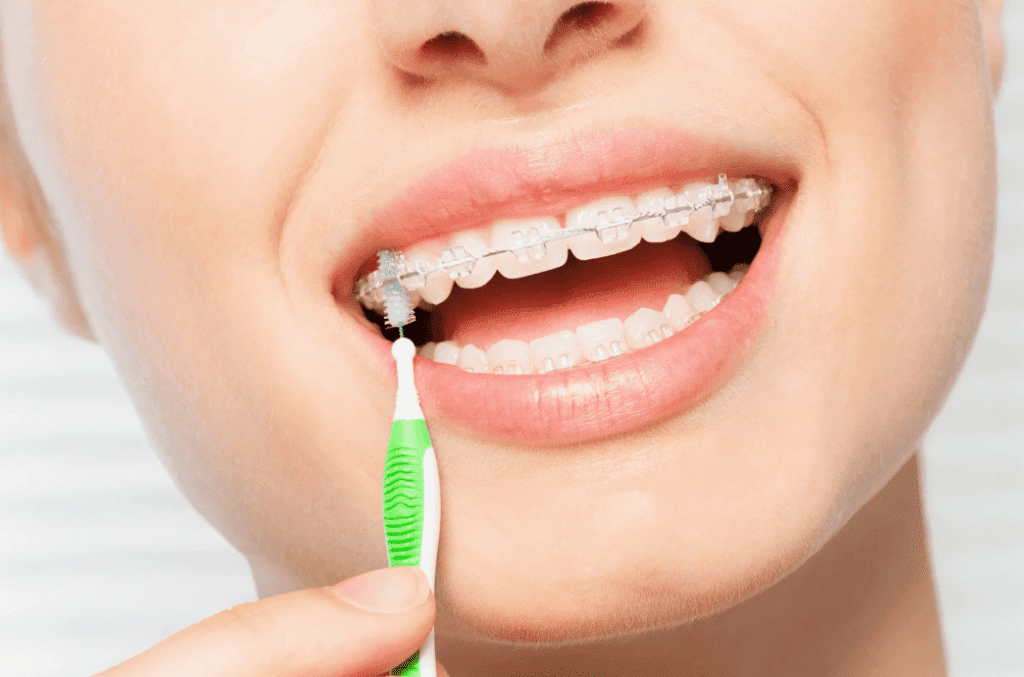
Oral Care and Precautions During Treatment
Maintaining excellent oral hygiene during orthodontic treatment is essential since braces can create extra spaces where plaque and food particles accumulate.
Daily Oral Hygiene Practices
🪥 Brushing Techniques:
Use a soft-bristled or specialized orthodontic toothbrush to clean around brackets and wires thoroughly. Electric toothbrushes with oscillating heads are also effective.🧵 Flossing:
Daily flossing using floss threaders or interdental brushes helps remove debris from between teeth and around braces.💧 Antibacterial Rinses:
Incorporate an antibacterial or fluoride mouthwash to reduce plaque buildup and prevent tooth decay.
Dietary Considerations
🚫 Avoid Hard and Sticky Foods:
Foods like nuts, hard candies, and chewy caramel can damage or dislodge braces. Opt for softer alternatives instead.❌ Limit Sugary and Staining Foods:
High-sugar foods increase cavity risk, while beverages like coffee, tea, and red wine may stain your teeth and brackets.🍽️ Regular Eating Schedule:
Eat balanced meals at regular intervals and clean your mouth promptly afterward to maintain optimal hygiene.
Regular Follow-Ups
📆 Scheduled Appointments:
Keep up with your orthodontic appointments for timely adjustments and early detection of any issues.💬 Communication:
Inform your orthodontist immediately if you experience any persistent discomfort, loose brackets, or unusual symptoms.
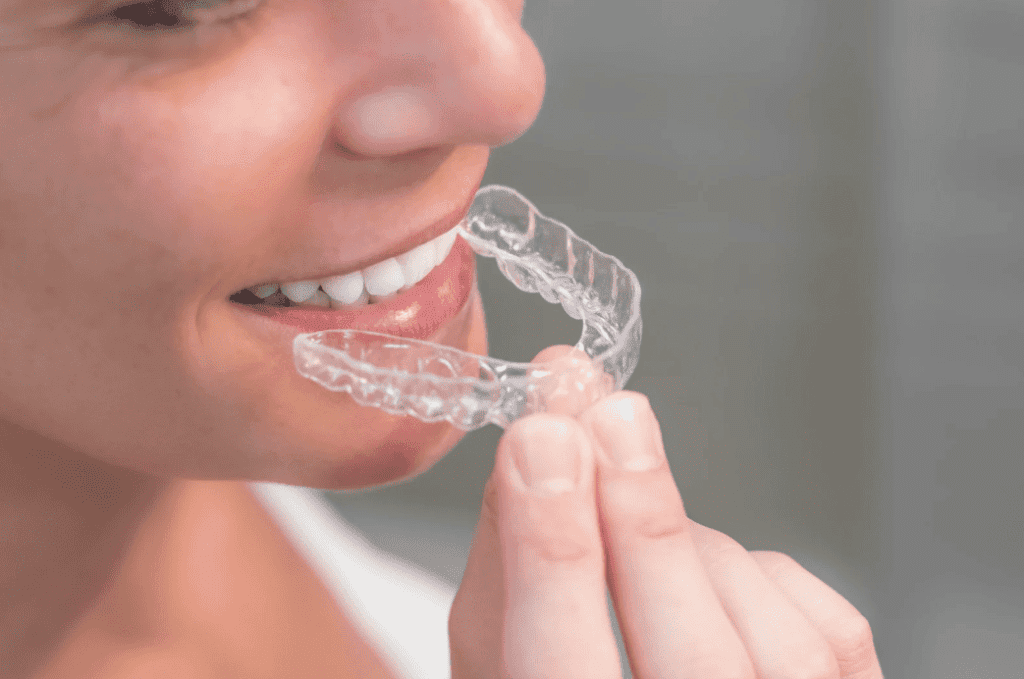
Post-Treatment Maintenance and Long-Term Management
Completing your orthodontic treatment is a significant milestone, but long-term success depends on proper maintenance. Here’s how to keep your smile perfect:
Retainers and Their Role
Wearing Your Retainer:
Retainers help hold your teeth in their new positions. Follow your orthodontist’s instructions on how long and how often to wear them.Types of Retainers:
Options include fixed (bonded) or removable retainers. Adhering to the prescribed regimen is critical to prevent relapse.
Ongoing Oral Hygiene and Dental Visits
Professional Cleanings:
Continue regular dental cleanings to maintain overall oral health.Periodic Check-Ups:
Schedule periodic appointments with your dentist and orthodontist to monitor your smile’s stability and address any issues early.
Lifestyle Adjustments
Diet and Habits:
Maintain a healthy diet and avoid habits (e.g., nail-biting, chewing on hard objects) that might negatively affect your teeth.Self-Monitoring:
Stay aware of any changes in your bite or discomfort, and seek advice promptly if needed.
Your Smile, Your Confidence – Let’s Make It Perfect!
Why choose Smith & Jain Dentists?
✅ Personalised Treatment Plans – Every smile is unique, and so is our approach.
✅ Advanced Technology – Digital scanners for precise assessments and comfortable treatment.
✅ Experienced Specialists – A dedicated team ensuring optimal results for every patient.
Frequently Asked Questions About Braces Orthodontics
How long does orthodontic treatment typically take?
Most treatments last between 12 and 24 months, depending on the severity of your dental issues and the treatment plan.
Will braces cause pain or discomfort?
Some discomfort is normal—especially after adjustments—but it usually subsides within a few days and can be managed with over-the-counter pain relievers.
Are adults suitable candidates for orthodontic treatment?
Absolutely. Advances in orthodontics allow adults to achieve excellent results with options like invisible aligners or ceramic braces.
What happens if I miss my scheduled appointments?
Missing appointments can delay progress and affect final results. It’s important to keep up with your schedule to ensure treatment success.
How do I maintain my results after treatment?
Wearing your retainer as prescribed and maintaining good oral hygiene, along with regular check-ups, are essential to keep your teeth aligned.
Do I need to worry about cost differences between different types of braces?
Yes, costs vary based on the type of braces, the complexity of your case, and the technology used. Your orthodontist will provide a detailed cost breakdown during your consultation.
Disclaimer
All information provided on this website is for informational purposes only and is intended to help readers gain general knowledge about dental health. The content on this website should not be considered a substitute for professional dental diagnosis, advice, or treatment. If you have any dental concerns, please consult a licensed dentist for appropriate medical advice and treatment.
While we strive to ensure the accuracy and completeness of the information provided, we do not guarantee that all content is always up-to-date or applicable to individual circumstances. Smith & Jain Dentists and its affiliates are not responsible for any direct or indirect damages resulting from the use of this website’s information.
This website may include links to external websites for reference purposes only. Smith & Jain Dentists is not responsible for the content or accuracy of third-party websites.

